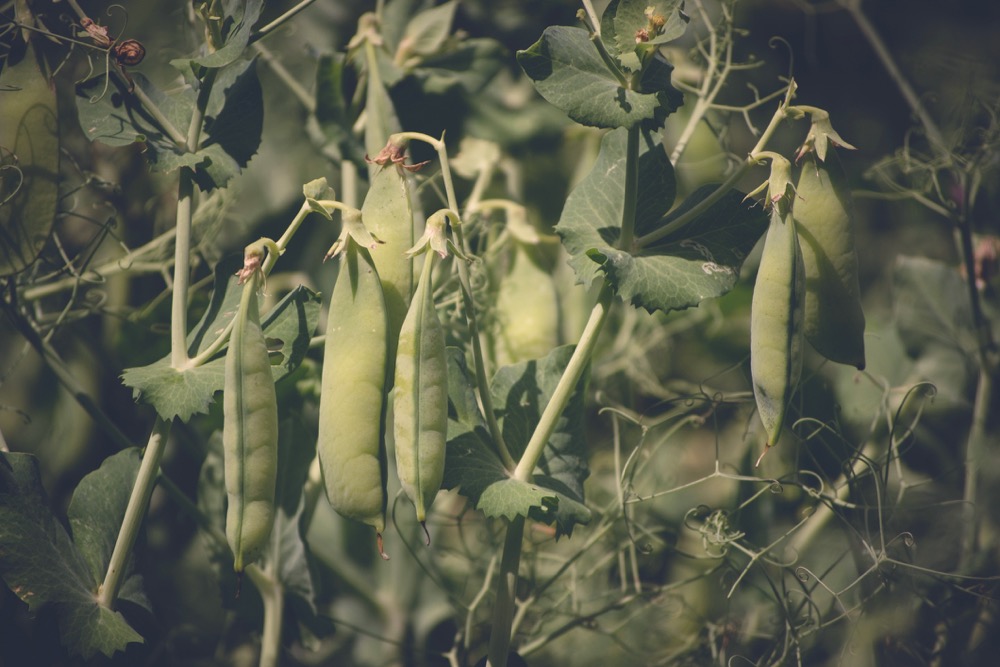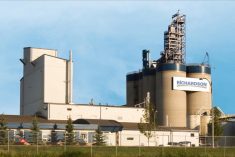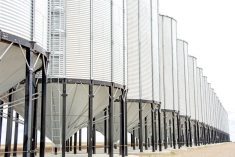CNS Canada — Harvest came early for some crops in Western Canada this year. A few canola crops in Manitoba are already in the bin as warm temperatures and a lack of rain helped growers hit the fields quicker than other years.
However, a hot and mostly dry summer on the Prairies has left many growers guessing about the size and quality of their crops.
Some traders say it is difficult to know how much the sizzling hot temperatures in August may have cooked the plants, but others say damage was definitely done.
Read Also

Pulse Weekly: Yields coming into focus
Provincial agricultural departments are reporting pulse yields higher than Statistics Canada’s September estimates.
“I don’t think people appreciate how much the crop has been hit,” said Bill Craddock, a trader who also farms near Winnipeg. He expected total canola production would be much lower than expected.
Crops would very significantly from field to field, he said — a point on which others agreed.
“The yields may be lower,” said Bruce Burnett of MarketsFarm, adding the survey by Statistics Canada was carried out when canola was podding. The survey was conducted at the end of July.
Another question mark involves durum. Much of the crop is traditionally grown in central and southern Saskatchewan where summer heat was especially fierce.
“Durum is a tough one,” said Ken Ball of PI Financial. “We haven’t heard a lot but most of it is grown in the drier areas so I wouldn’t be surprised if it came in lower.”
The Prairies have seen wetter summers in recent years, he said, with yields surprising participants to the upside. However, this year looks different.
“The chances of the (canola production) number being over 22 (million tonnes) now are not very good,” said Burnett. “I think we’ll be down half a bushel from last year.”
Many of the trade guesses were bearish on flax production with most predicting a little over 500,000 tonnes. One of the main reasons for that was the decline in acreage from other years.
“Yields have improved in flax but it’s nowhere near what’s happened with canola or soybeans or some of the other crops. That’s one of the reasons why it’s fallen in popularity,” Burnett added.
The mood seems a little brighter for all-wheat production this year with most guesses exceeding the 30 million tonne mark.
“I think the wheat crop could be three million tonnes bigger than that,” said Ball. “But right now 30 and a half makes sense.”
— Dave Sims writes for Commodity News Service Canada, a Glacier FarmMedia company specializing in grain and commodity market reporting. Follow CNS Canada at @CNSCanada on Twitter.
Table: A quick summary of pre-report estimates ahead of the Aug. 31, 2018 Statistics Canada production report, in millions of tonnes.
| Pre-report ideas. . | 2017-18 | |
| Durum wheat. . | 5.600 – 5.800 | 4.963 |
| All wheat | 29.300 – 30.900 | 25.021 |
| Oats | 3.300 – 3.500 | 3.724 |
| Barley | 7.900 – 8.500 | 7.891 |
| Flaxseed | 0.505 – 0.560 | 0.555 |
| Canola | 18.100 – 21.300 | 21.319 |
| Peas | 3.700 – 3.800 | 4.111 |
| Lentils | 2.200 – 2.300 | 2.559 |















